Dressed in feisty R-Dynamic spec, the glowing blue Jaguar F-Type Coupé filling these pages looks every inch the cranked-up performance variant.
But, in fact, it’s ‘only’ the 296bhp, 2.0-litre, four-cylinder version that was launched in the summer to add a cheaper, cleaner option to the laudable sports car’s line-up. Yet it still costs 50 grand.
In the pound-per-cylinder stakes, it’s up there among the most brazen of this new generation of cube-canny, turbocharged performance cars that goad us via ever-increasing specific outputs, augmented induction noise and manufactured exhaust crackles into accepting the new normal of ‘less for more’.
See all new Jaguar F-Types for sale on What Car?
That you can buy any secondhand alternative with twice the cylinders for the same money sounds compelling enough. That one such candidate is a pristine Audi R8 seemingly makes the proposition rhetorical.
Yes, this 424bhp 2011 R8 V8 4.2 with just 16,000 miles to its name is currently for sale by prestige dealer Simon Abbott Ltd in Eastbourne for £50,950 – about the same as the cheapest 2.0-litre F-Type (£50,795) and a little less than the R-Dynamic version we’ve borrowed (£54,495).
The eponymous Mr Abbott can be reached on 07976 910 708, and if you stopped reading here and called him, I wouldn’t blame you. He’s a friendly and straight-talking type.
See all used Audi R8s for sale in the PistonHeads classifieds
But it pays to be open-minded, and for the automotive liberals still reading, we have a genuine battle on our hands. To dull-but-salient fiscal matters first: the Jaguar will use less fuel (39.2mpg versus 19.9mpg), cost less to tax going forward (£140 per year versus £535) and is cheaper to maintain (£285 for an intermediate service at Harwoods Jaguar Lewes versus £485 for the R8 at Eastbourne Audi).

But having already negotiated the steepest fall from its original £92,135 RRP (including £5250 of options), the Audi will depreciate less. Forgoing the thoroughness of our expert colleagues at What Car?, there’s an argument for calling it even.
Distribute the spoils for styling as you wish, but it’s probably fair to say both cars fill their surprisingly similar footprints (the F-Type is slightly longer, taller and wider, but shorter of wheelbase) with handsome yet athletic forms.
Both have double wishbones all round and engines that are longitudinally oriented, of all-aluminium construction, equipped with variable cam timing and displace around 500cc per cylinder, but that’s where the conformity ends.
The Jag’s front-mounted Ingenium four-pot is force-fed its oxygen and drives the rear wheels alone via an eight-speed automatic gearbox – you can’t have it any other way on the 2.0 F-Type. Its 296bhp is dwarfed by the R8’s 424bhp, and it takes 5.4sec to reach 60mph; the Audi is already at 62mph after 4.6sec.
Thanks to the Jaguar’s twin-scroll turbo, twist is a closer call at 295lb ft against 317lb ft. Yet just as the F-Type’s maximum torque band ends at 4500rpm, the naturally aspirated R8’s is only just beginning, and the B7 RS4-sourced V8’s redline sits way up at 8000rpm – a full 1700rpm higher than in the Jaguar.
The R8’s four-wheel-drive system is rear biased, but could the F-Type’s absolute dependence on its back axle and 110kg weight advantage provide a dynamic edge in the face of its power deficit? Even Neckarsulm acknowledges as much these days, Herr Winkelmann describing the recently revealed lightweight, rear-drive R8 V10 RWS as “made for purists”.
We’ve gone for a stick-shift R8 on the basis that the automated-manual six-speed R-tronic available in 2011 would age the driving experience terribly versus the F-Type’s thoroughly modern eight-speed ZF torque converter. (The seven-speed S-tronic dual-clutch ’box didn’t enter the R8 until its 2012 facelift.)
It’s the Audi’s aluminium troublestirrer that forms its interior’s centrepiece. Chunky, gnarled and cold, it juts proudly out of the equally striking open aluminium gate like an oversized honey dipper by Krups. Its quality and flamboyance aren’t really echoed elsewhere, though.
Yes, the red leather seats are softly upholstered, handsome and supportive but, like the steering column, they adjust manually, there are lots of plastic surfaces and the switchgear doesn’t have the lithic heft of Audi’s current range. While this particular car’s living quarters are absolutely immaculate, their design is a decade old and goes to show how interior quality standards – and expectations – have risen since 2007. Despite numerous optional extras including sat-nav and parking sensors, the Audi misses out on the Jag’s DAB, cruise control, rain and dusk sensors too.

The F-Type’s cabin feels slightly cosier but it’s plusher too, with stitched hide on parts of the fascia where the R8 manages with softtouch plastic, electric adjustment to seats and steering column and hard plastics more discreetly applied. The seats are nicely finished in leather and Alcantara-like ‘suedecloth’ – they’re firm but enveloping and nestle a little lower than the R8’s.
Then there’s the 8in touchscreen with sat-nav – it’s too deeply set into the dash but is understandably more feature-packed and graphically sophisticated than the Audi’s dial-controlled 6.5in MMI system. Likewise, the F-Type’s supplementary colour 5in TFT in the instrument binnacle trumps the R8’s little mono display. Switchgear is of broadly comparable quality between the two.
When it comes to stowing your lifestyle accoutrements, there are more hiding places in the Jag, and its liftback boot reveals a long, 300-litre space that gains 108 litres with the parcel shelf removed; the Audi’s front boot swallows only 100 litres, but at least it’s usefully deep.
So, what about this highly strung little engine in the Jag? A warm-up growl sets its stall out at ignition and low-speed manoeuvres bring a fair bit of engine noise and exhaust bellow, whether or not you have the muffler baffles open.
Below 2000rpm, there’s little action to be had, but then you get a steady and sturdy delivery of thrust most of the way to 6200rpm, the augmented induction noise turning positively racy without ever troubling the hairs on your nape. Off-throttle crackles spit from the exhaust, rising to an ack-ack barrage in Dynamic mode.

There’s palpable turbo lag, but not of the binary severity you might once have feared from an engine offering 148bhp per litre; it’s perfectly manageable. The eightspeed auto ’box governs itself well, choosing gears sensibly in normal mode and keeping revs usefully high in Sport. The override paddles echo the ZF’s electronically controlled slickness with their unmechanical, microswitchy feel.
Even in the transmission’s most heightened setting, downshifts are subject to a short delay, though upshifts are unrelentingly rapid. It will let you rev to 7000rpm, but there’s little point; between B-road corners you have all the pep you need further down, though the engine’s modest capacity is revealed when looking for an extra surge between fast sweepers.
The same can’t be said of the R8, which always has plenty to give – all you have to do is let it rev. A pleasant start-up woofle grows into a more authentic growl than in the Jag, gaining in aggression and intensity as the tacho rises.
The V8 pulls without protest from idle but really kicks above 4000rpm and is still giving as the needle passes 7000rpm. All the while, you can hear and feel how much more action the engine’s internals are seeing, and how much physically closer they are to you than in the F-Type.
The aluminium gearstick’s action feels as enjoyably mechanical as it looks, and sounds like a hammer striking a steel pin as you drive it home. Yet each shift is resolutely a two-stage action that will not be rushed, exacerbating the inter-gear delay the R8 suffers versus the automatic F-Type.
On our test route’s tight twisters, that proved a little obstructive but was somewhat offset by the pleasure of instant throttle response that allowed an indulgent heel and toe with the slightest brush of the right-hand pedal.
Jaguar claims to have added ‘tactility and feedback’ to the 2.0-litre F-Type’s steering but, again, it’s the R8 that offers the greater interaction. Its hydraulically assisted helm is heavier than the Jaguar’s EPAS but offers much more feel and, despite its weight handicap, the Audi also has tighter body control and responds more sharply.
The R8 devours corners with an aggression and level of grip beyond the ken of the F-Type, and there’s enjoyment to be had in that.
But the rear-driven Jag’s handling is more vivacious on our snaking test route, where its fine cornering balance can be urged into a playful shimmy of the tail where the Audi just pounds on ruthlessly. And here, the F-Type’s more pronounced body movements are no barrier to fun; in fact, managing the weight transfer is part of it. The Audi’s chassis is objectively more impressive, but the Jaguar’s is more amenable.
Given their agility, both cars ride well on 19in wheels, rounding off sharper bumps competently. They can jostle a bit on rougher surfaces but, providing you avoid ‘Sport’ on the Audi’s optional two-mode adaptive dampers, neither becomes disruptive.
The F-Type’s engine is quieter at a steady cruise, but the R8 incurs less road and wind noise; you could happily take on a long motorway slog in either.
And if that slog led home, it’s the Audi I’d choose. It has the haughtier chassis and fewer luxury touches than the genuinely competitive entry-level F-Type but, over the piece, the R8 offers its driver more stimulation, more of the time. It’s one of the used performance car bargains of our time.
Jaguar F-Type Coupe R-Dynamic 2.0 300PS
Price new £54,495, Price now £54,495, Engine 4 cyls, 1997cc, turbo, petrol, Power 296bhp at 5500rpm, Torque 295lb ft at 1500-4500rpm, Gearbox 8-spd automatic, Kerb weight 1525kg, 0-60mph 5.4sec, Top speed 155mph, Economy 39.2mpg, CO2, tax band 163g/km, 31%
Audi R8 V8 4.2
Price new £92,135, Price now £50,950, Engine V8, 4163cc, petrol, Power 424bhp at 7900rpm, Torque 317lb ft at 4500-6000rpm, Gearbox 6-spd manual, Kerb weight 1635kg, 0-60mph 4.6sec, Top speed 187mph, Economy 19.9mpg, CO2, tax band 332g/km, 37%
JAGUAR'S GISTORY OF FOUR-POT PERFORMANCE CARS
The Ingenium engine in the F-Type is far from the first high-performance four-cylinder from Jaguar.
While the groundbreaking XK120 sports car employed sixpot power, there were once plans for a 2.0-litre alternative with two fewer cylinders, called the XK100. Like the 3.4-litre XK6 straight six, the four had an iron block but an aluminium head and pistons and was good for 105bhp, but the project was dropped due to poor refinement.
Installed in an MG-based ‘special’, a tuned version of the engine helped Lt Col Goldie Gardner break the 2.0-litre speed record in 1948 when he managed 176.7mph at Jabbeke in Belgium.
ALTERNATIVES - MORE SECOND-HAND PERFORMANCE CARS FOR 50 GRAND
2015 Corvette C7 Stingray
More sophisticated than the C6 but still a bang-for-buck flagbearer that makes 460bhp from its 6.2-litre ‘LT1’ V8. Though left-hand drive only, all officially imported GM Europe examples come with the Z51 pack for improved performance and handling.
See all used Chevrolet Corvettes for sale on PistonHeads classified
You can now bag an early 991-gen Carrera S for £50,000, though it’ll probably have covered at least 40,000 miles. Choose manual or PDK (both seven-speeders), but either way you’ll get a naturally aspirated 3.8 sending 394bhp to the rear wheels.
See all used Porsche 991-gen 911 Carrera for sale on PistonHeads classified
1999 Ferrari 360 Modena
Finding a 360 at this price requires compromise by choosing either left-hand drive or high miles, and you’ll likely be limited to the sometimes-awkward automated manual gearbox too. But with a screaming 400bhp 3.6-litre V8 and brilliant handling, it’s a tempting option.
See all used Ferrari 360 for sale on PistonHeads classified
Read more
See all used Audi R8s for sale in the PistonHeads classifieds

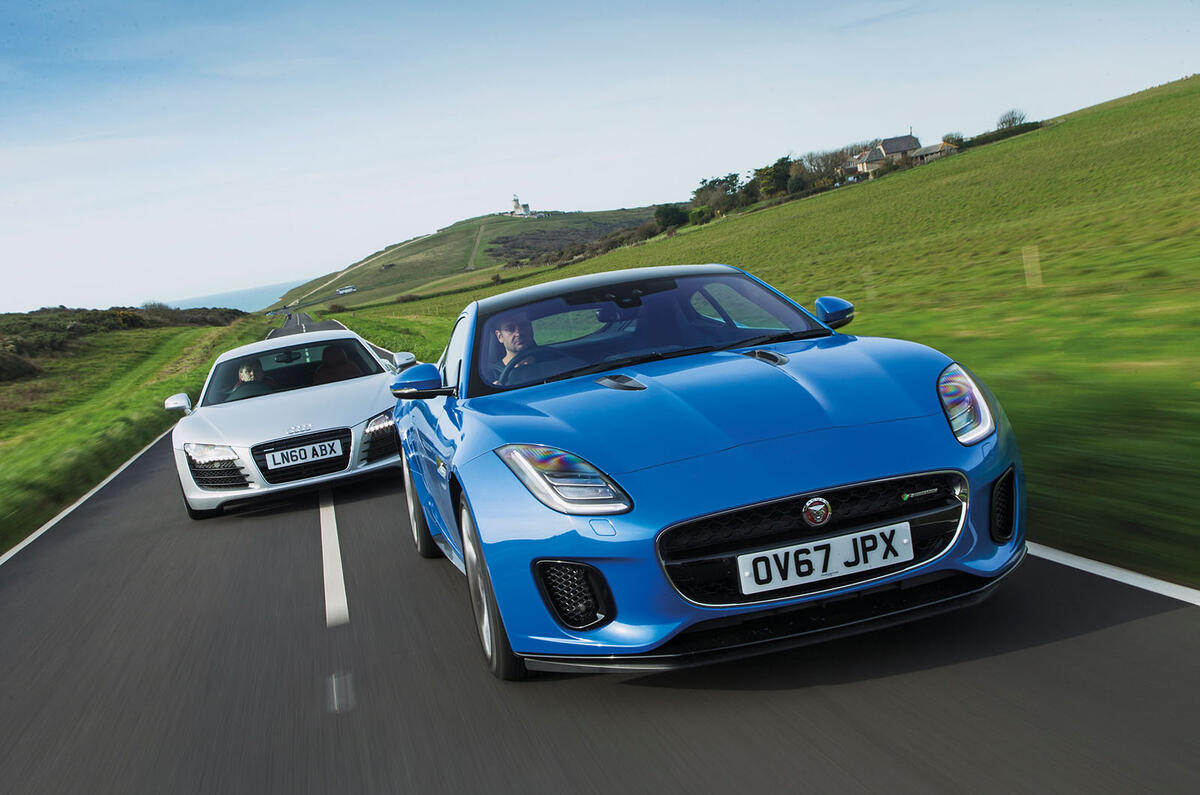
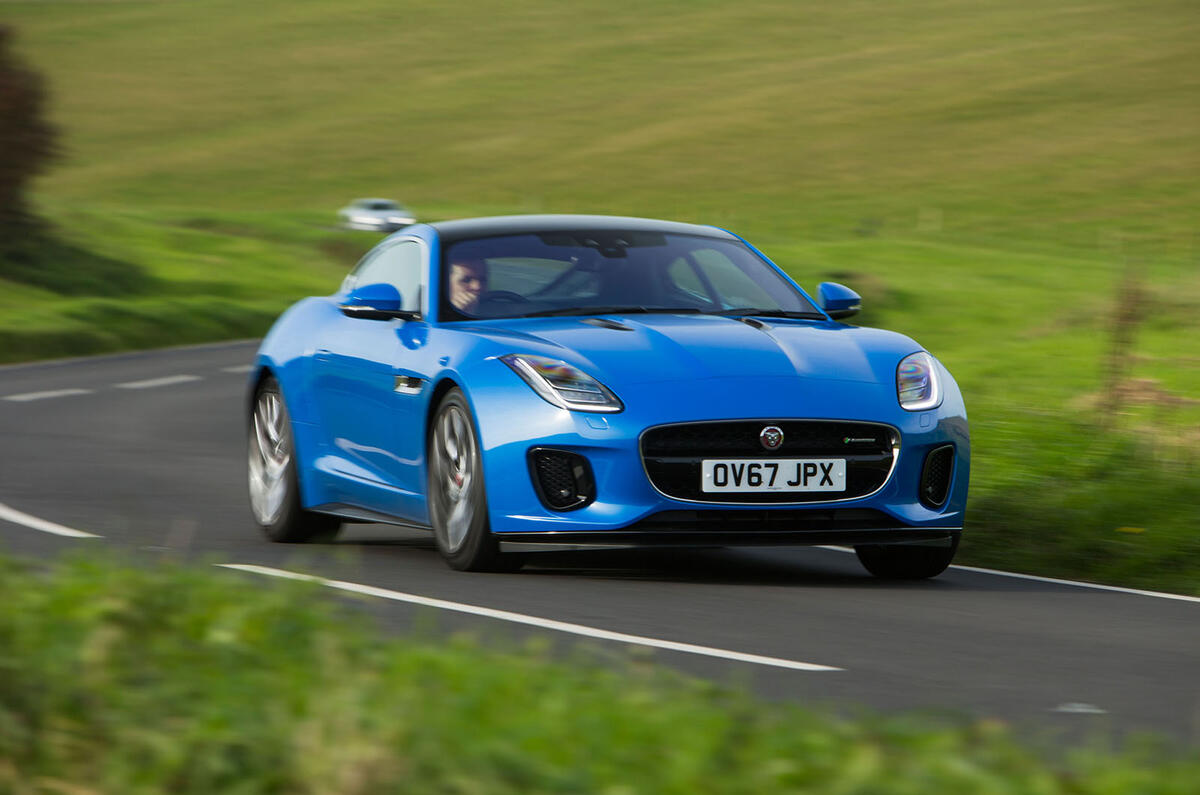
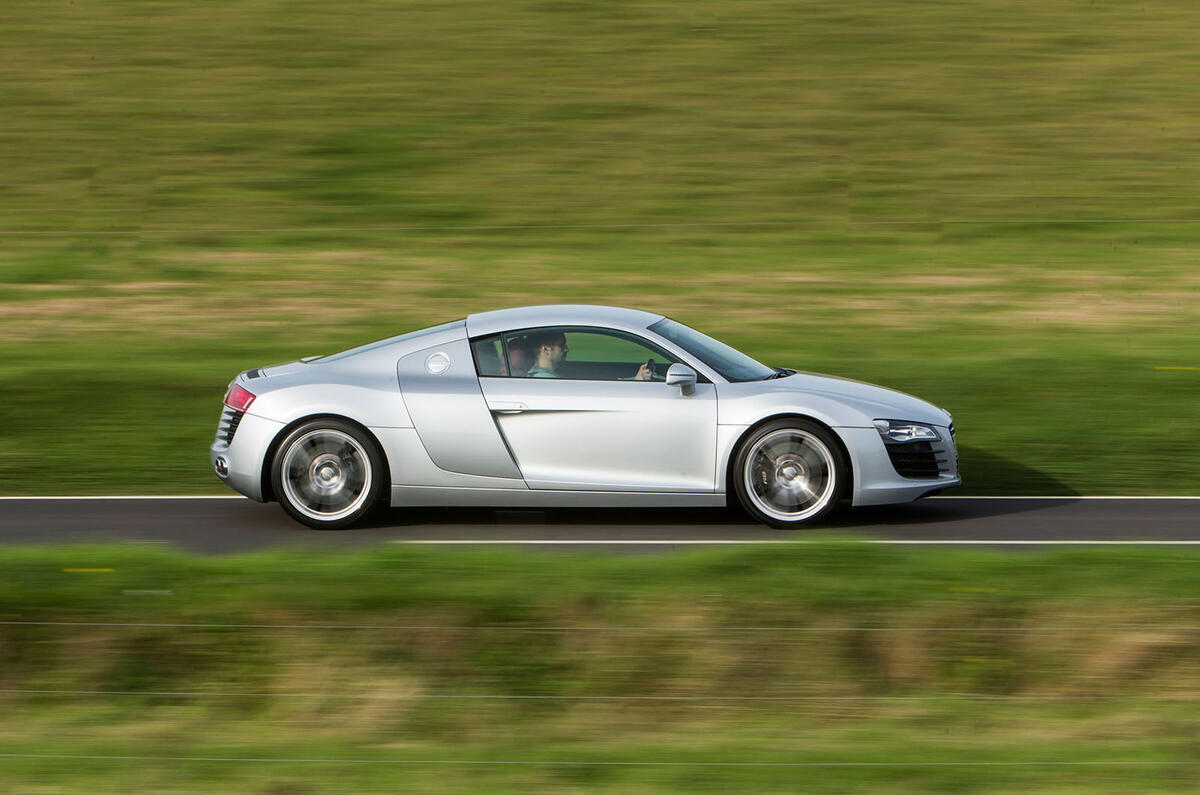
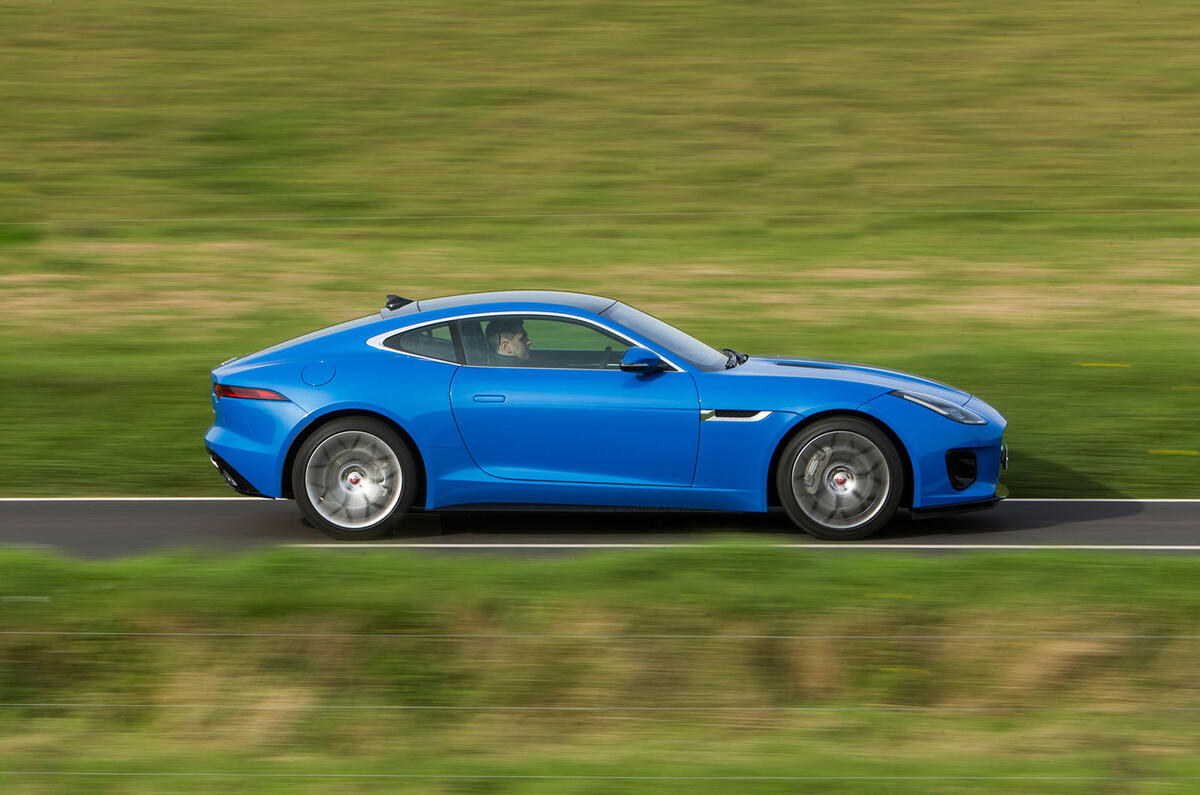
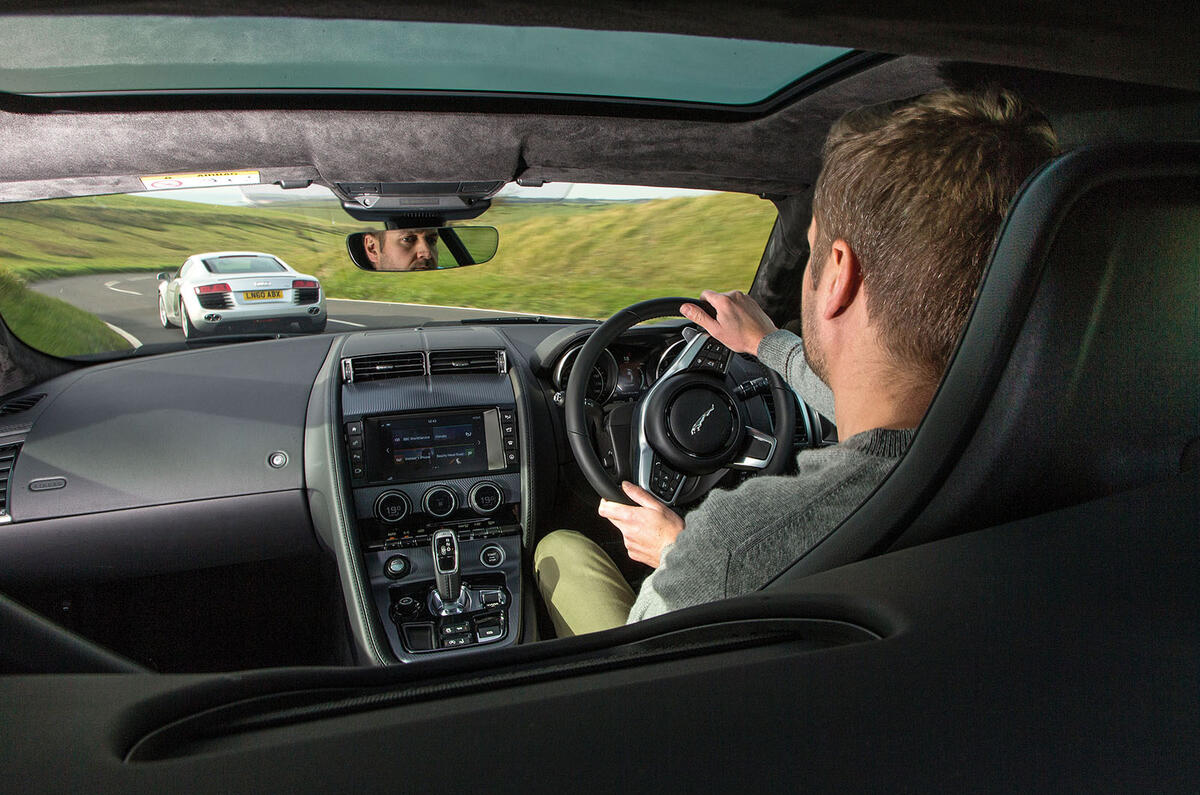
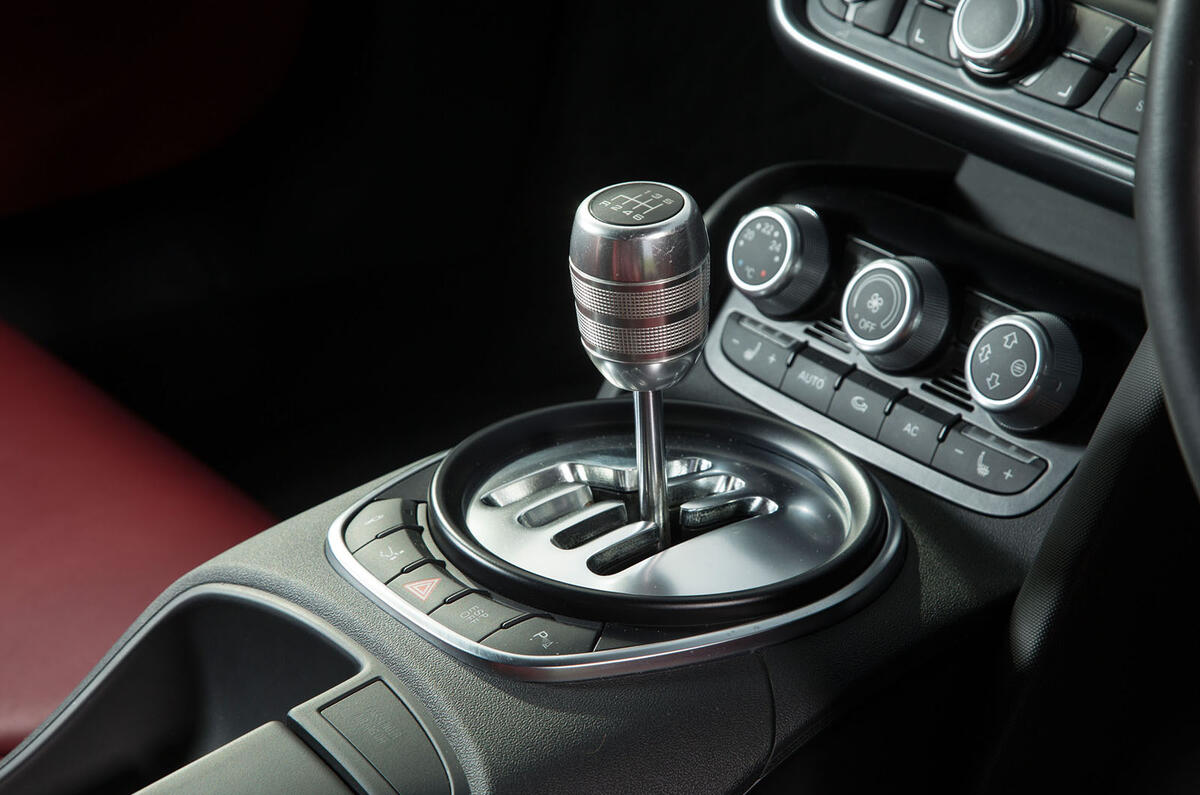
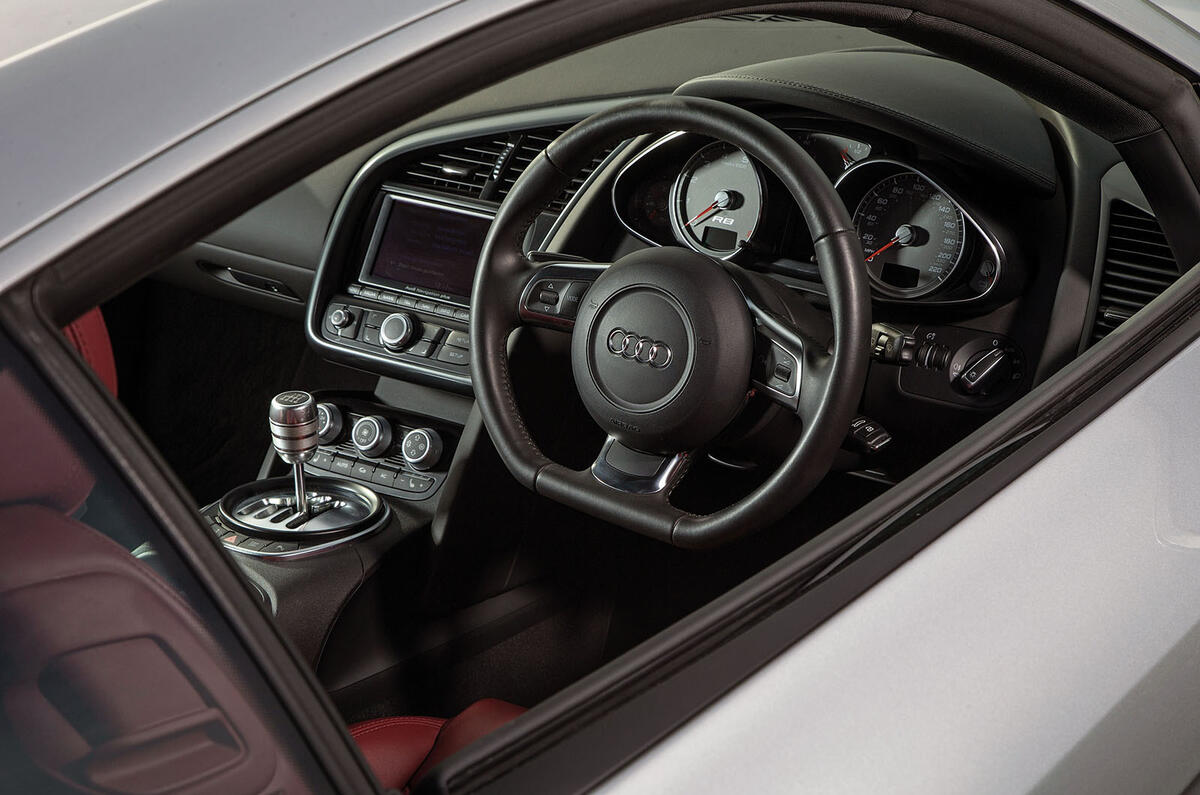
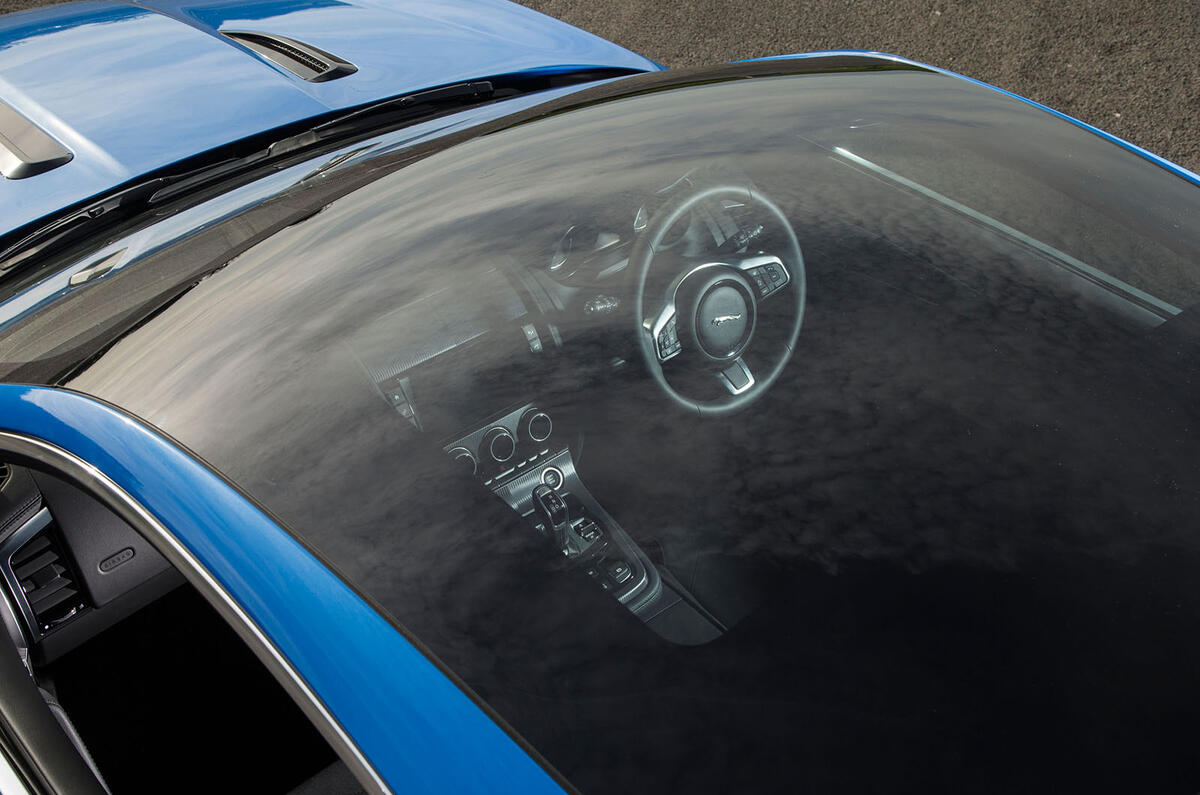
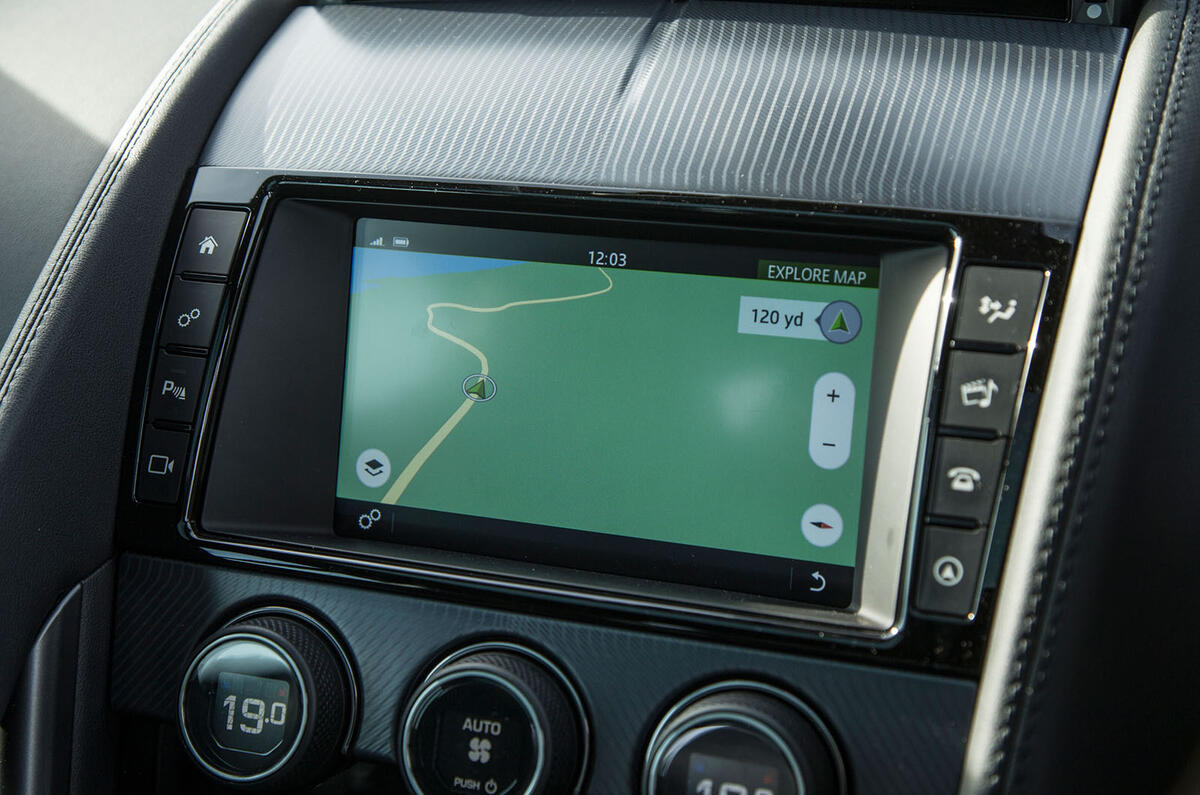
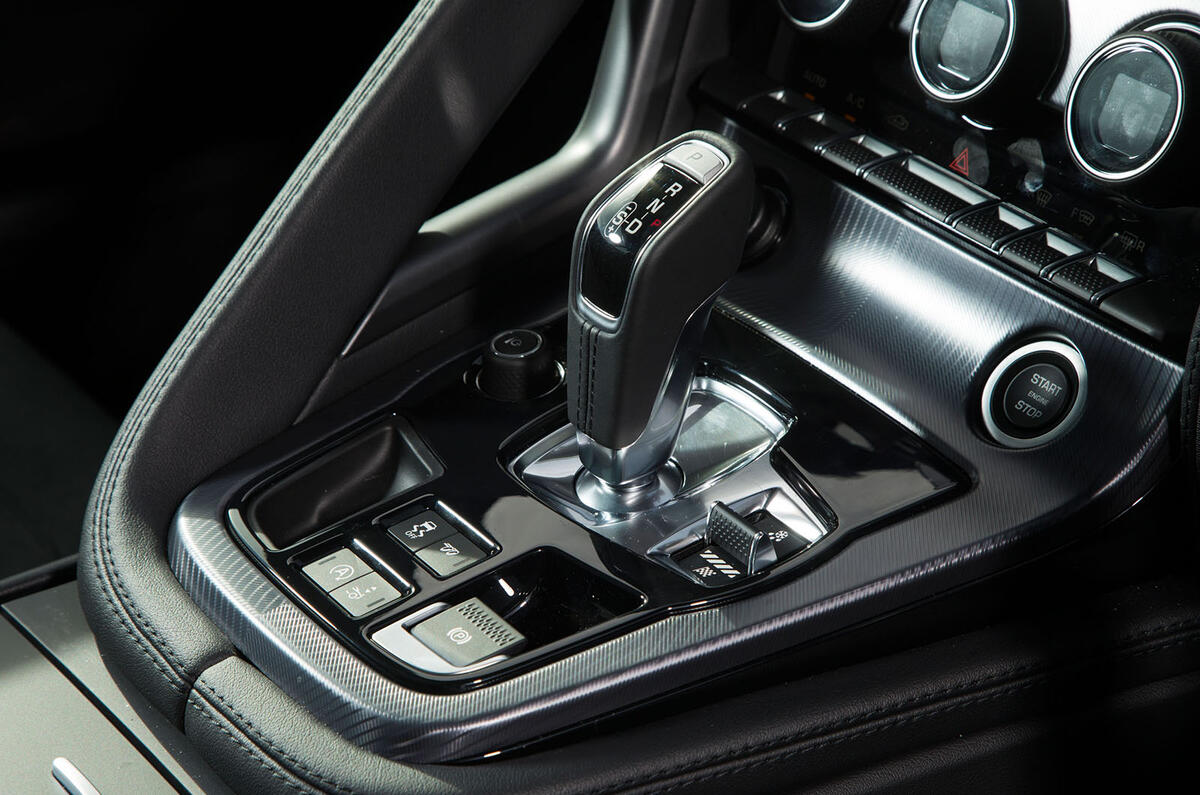
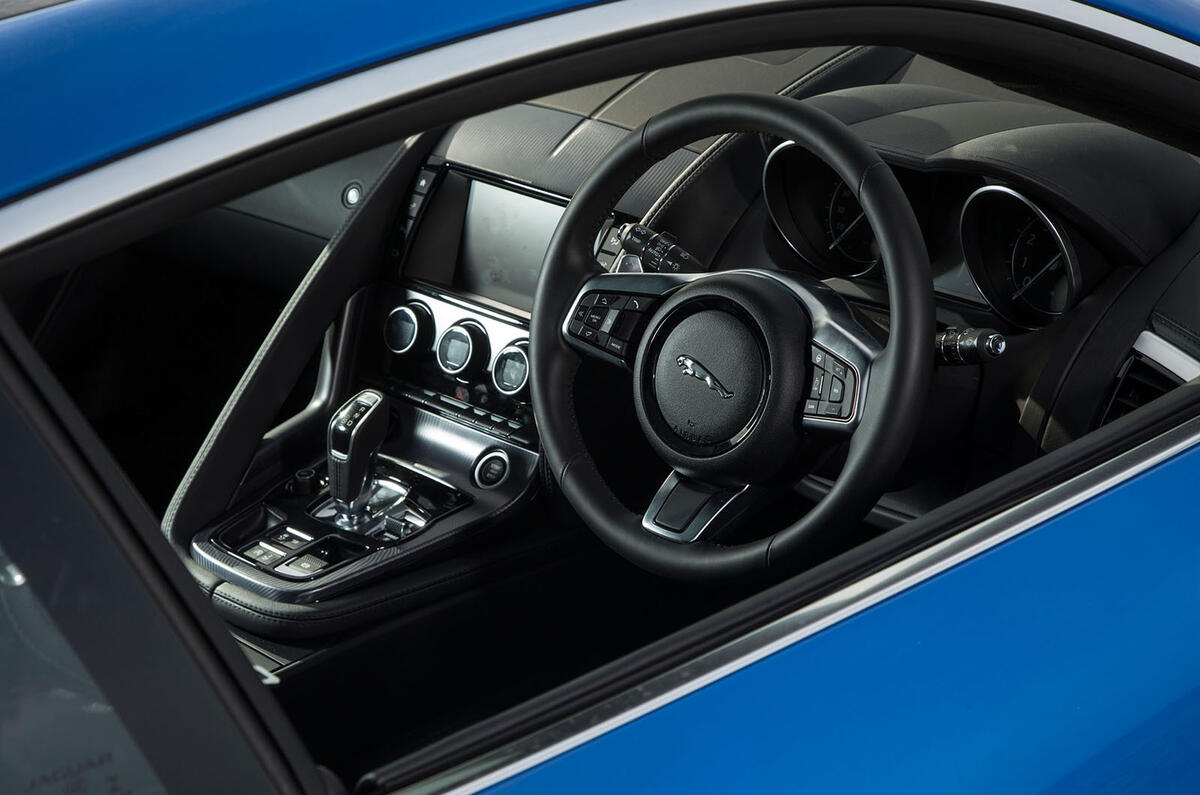
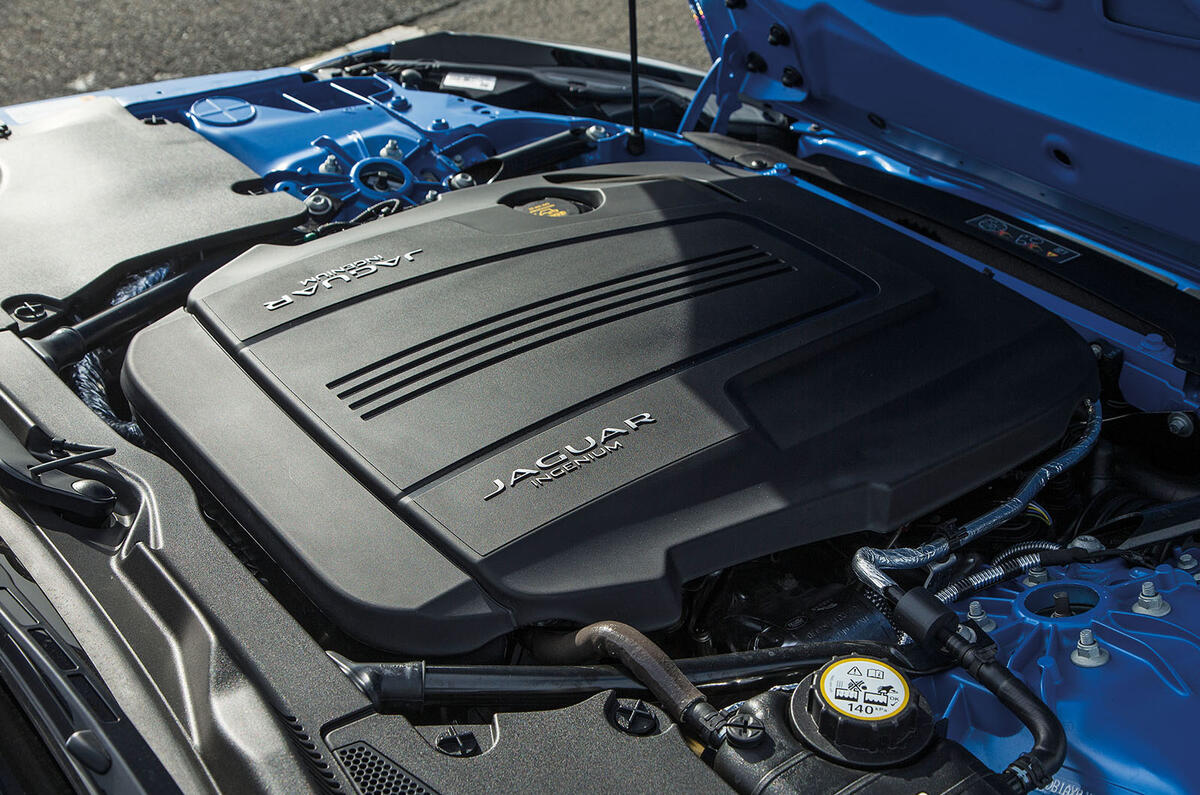
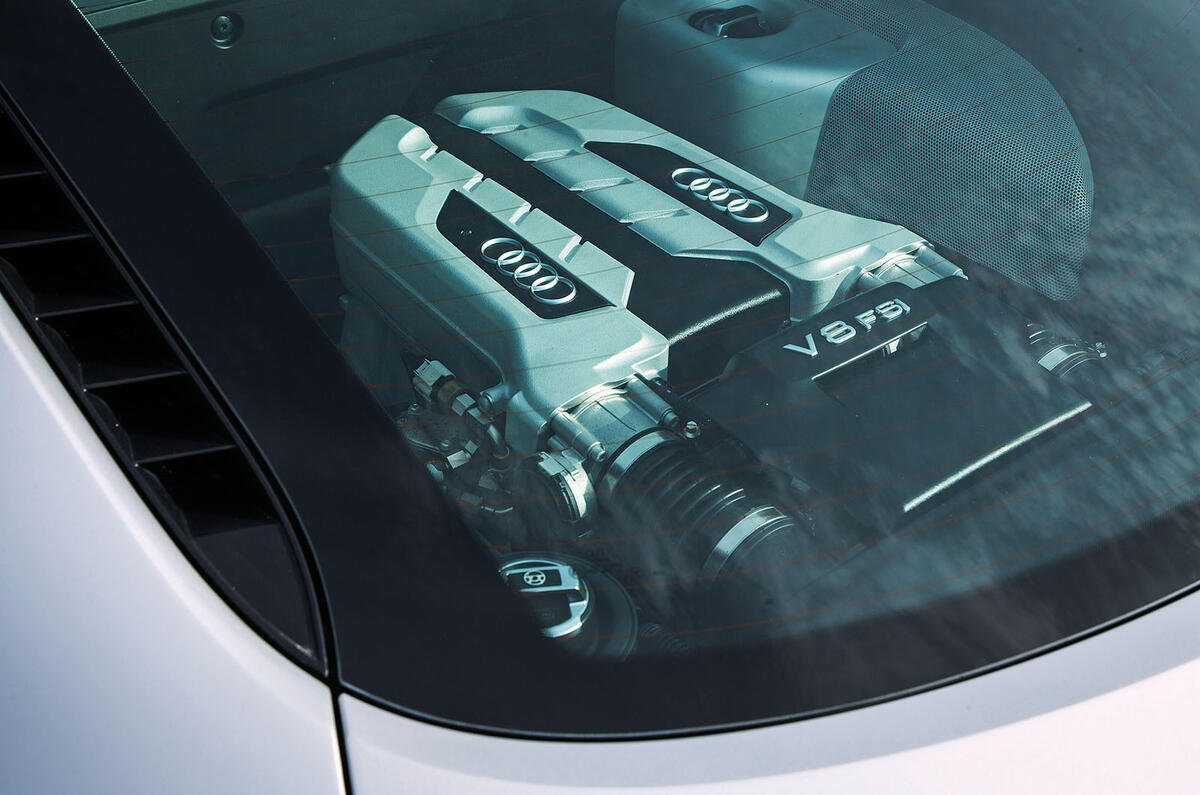
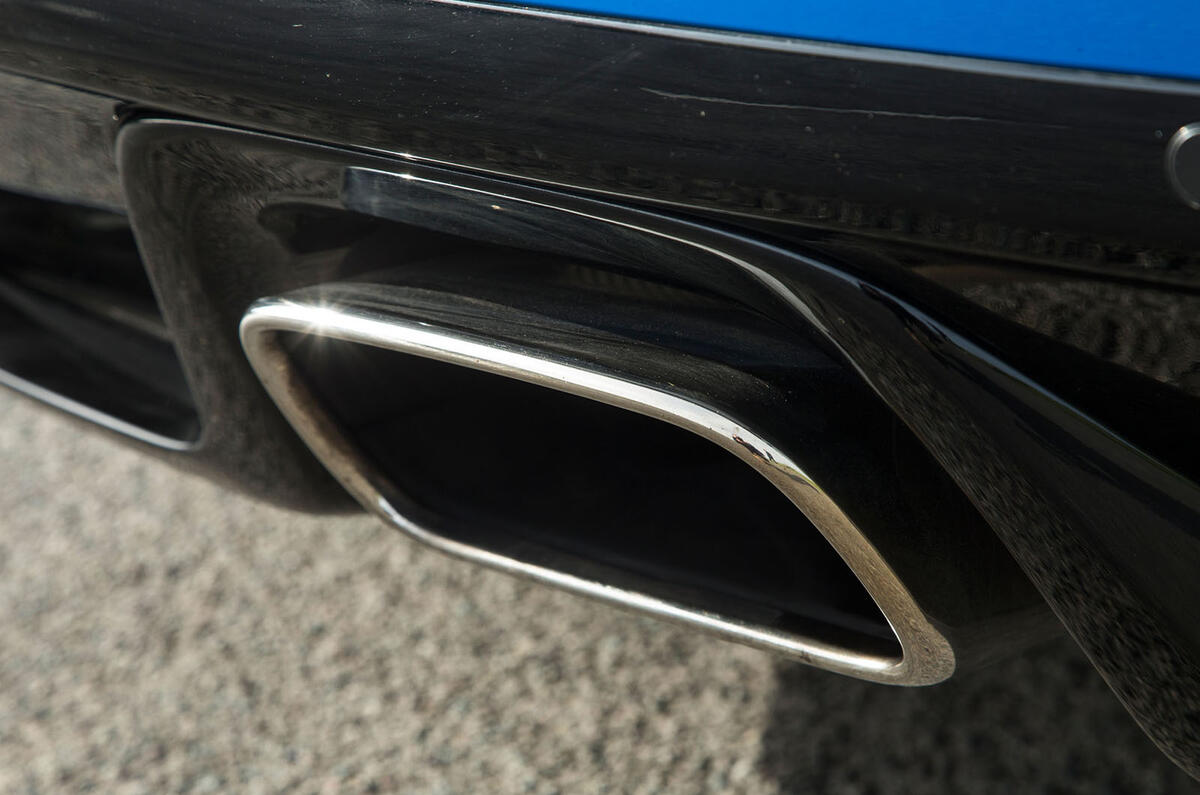
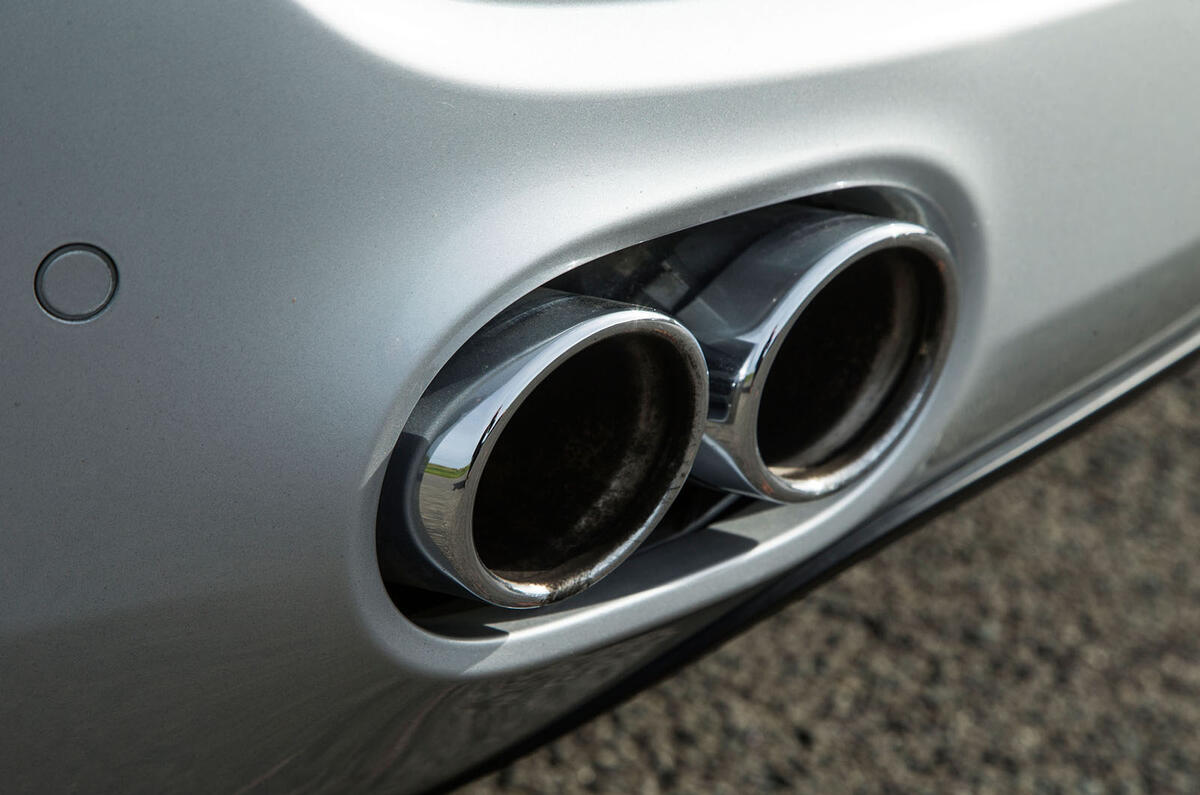
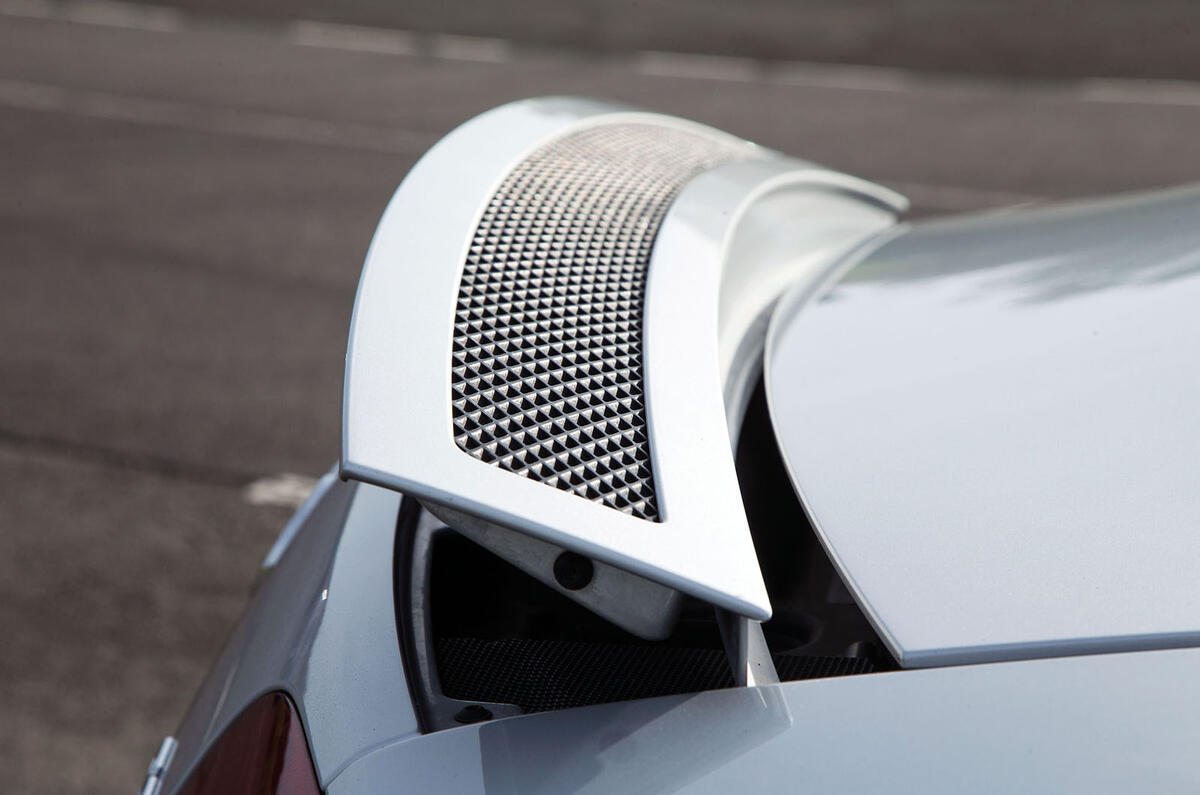
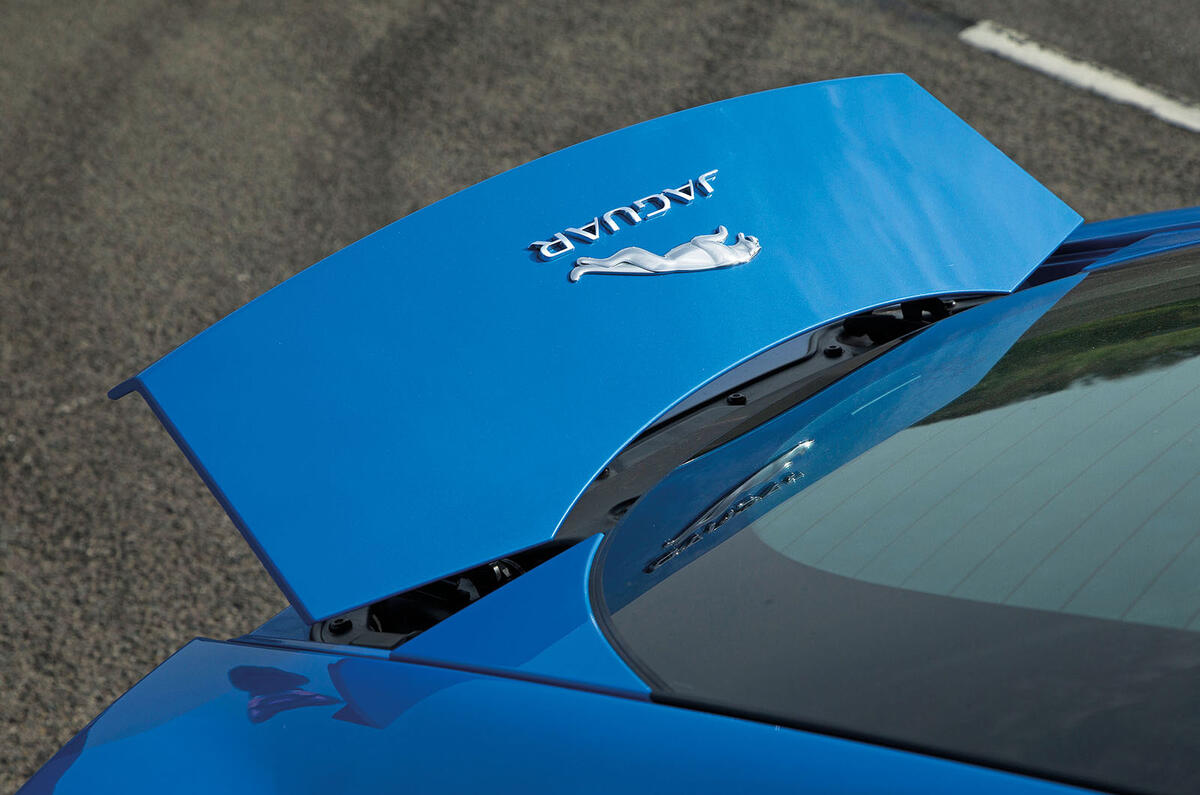
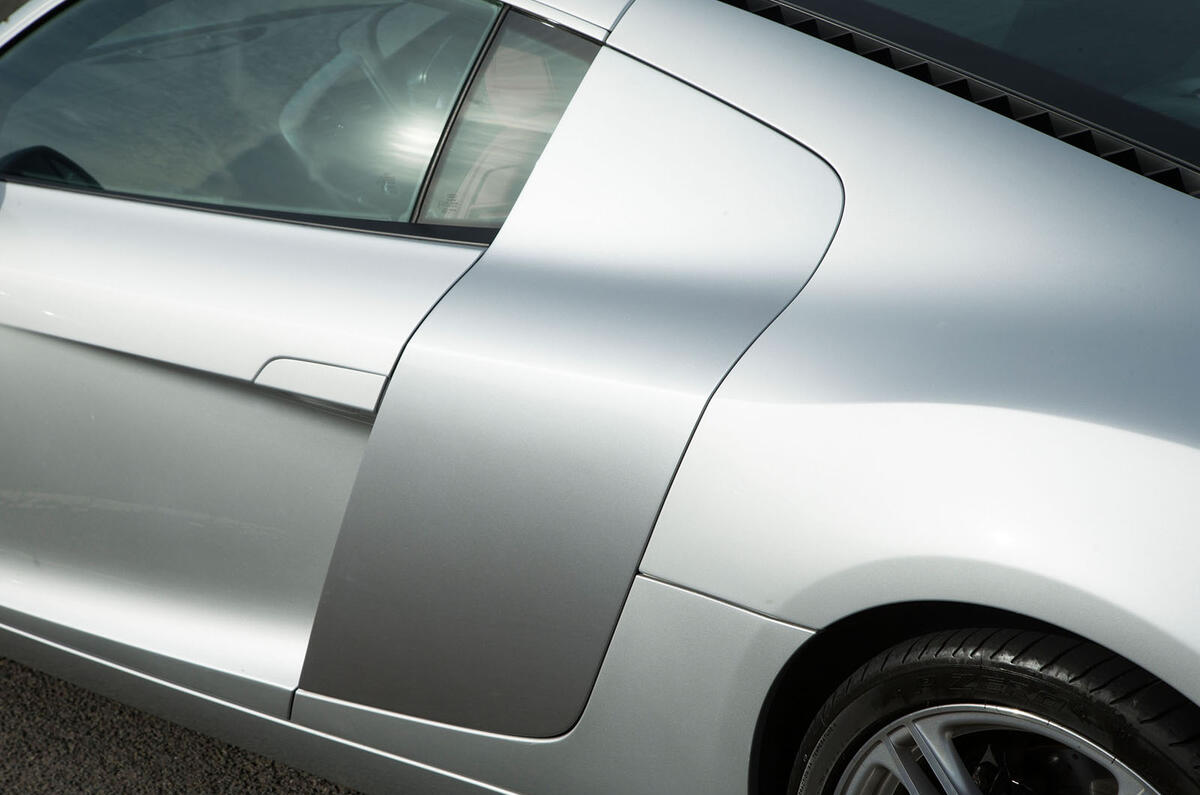
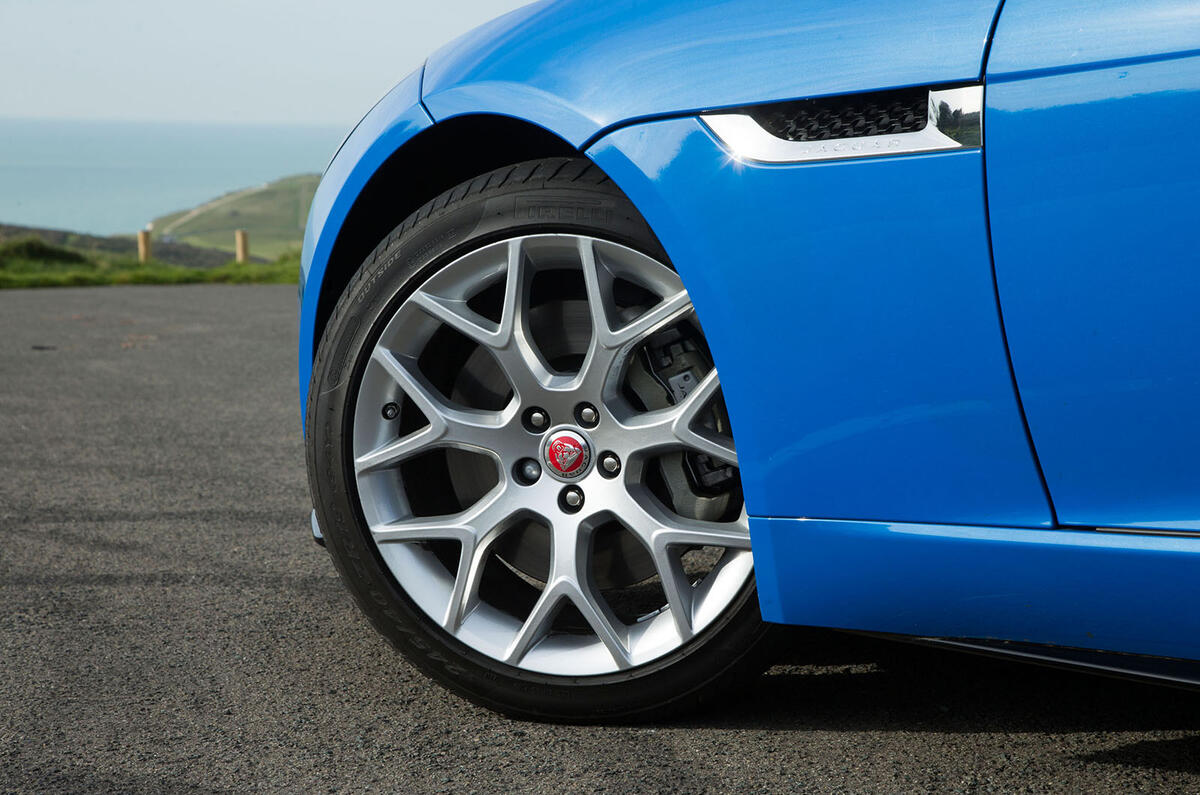

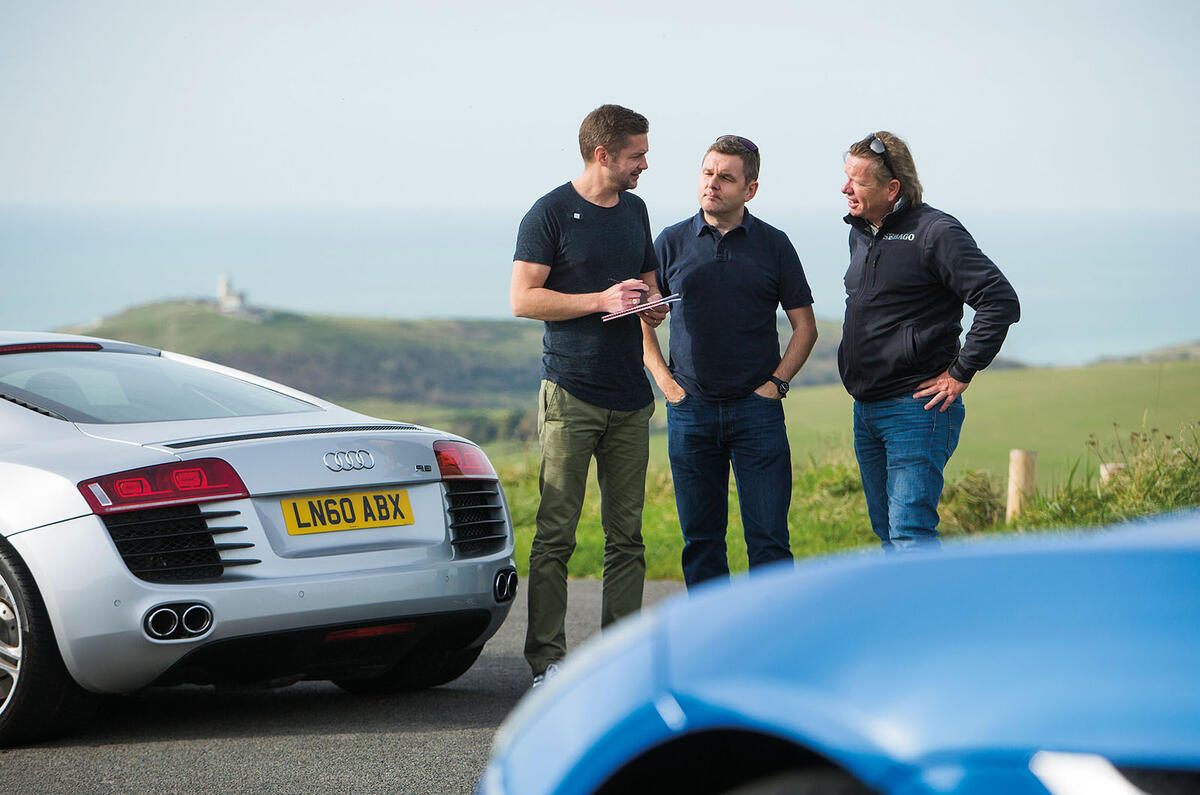

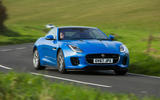
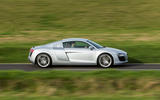
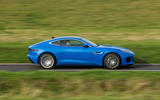
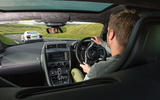
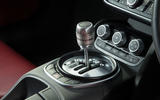
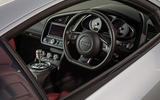
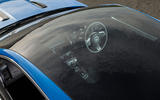
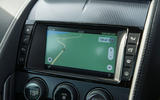
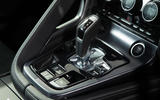
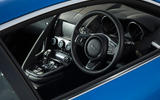
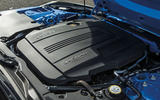
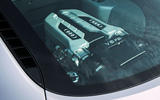
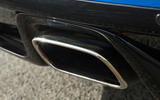
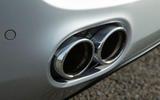
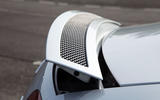
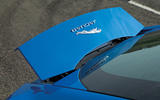
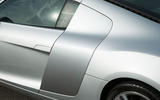
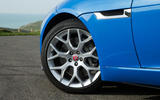
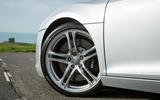



Join the debate
Add your comment
cockpit ambience
Sorry Jaguar that interior for that kind of dosh is unforgiveable. Looks like something From a Nissan Xtrail. really none Jaguareque in all ways. Audi might be old but still way way more pleasing and of course the newer models are light years ahead
Glaring Scribes not thinking
quote "sat nave set too deeply into ther dash" = ever heard of GLARE and even the sunshines in the UK. I hate squinted and hooking my head around the sat nav which are top dash mounted.
Neither of these toys even have heated steering wheel which even the Mrs poor little Soul has as stadard! So nice to have warm hands on a chozzy morning
That said, difficult choice - probably the R8 because depreciate less but those service costs are hard to swallow but I think the lig engine is Rubbish anyway so I would be willing to pay the R8 bills
Amazing
The Audi's steering offers much more feel than the Jaguar's?
Well, that's a turn up for the books.